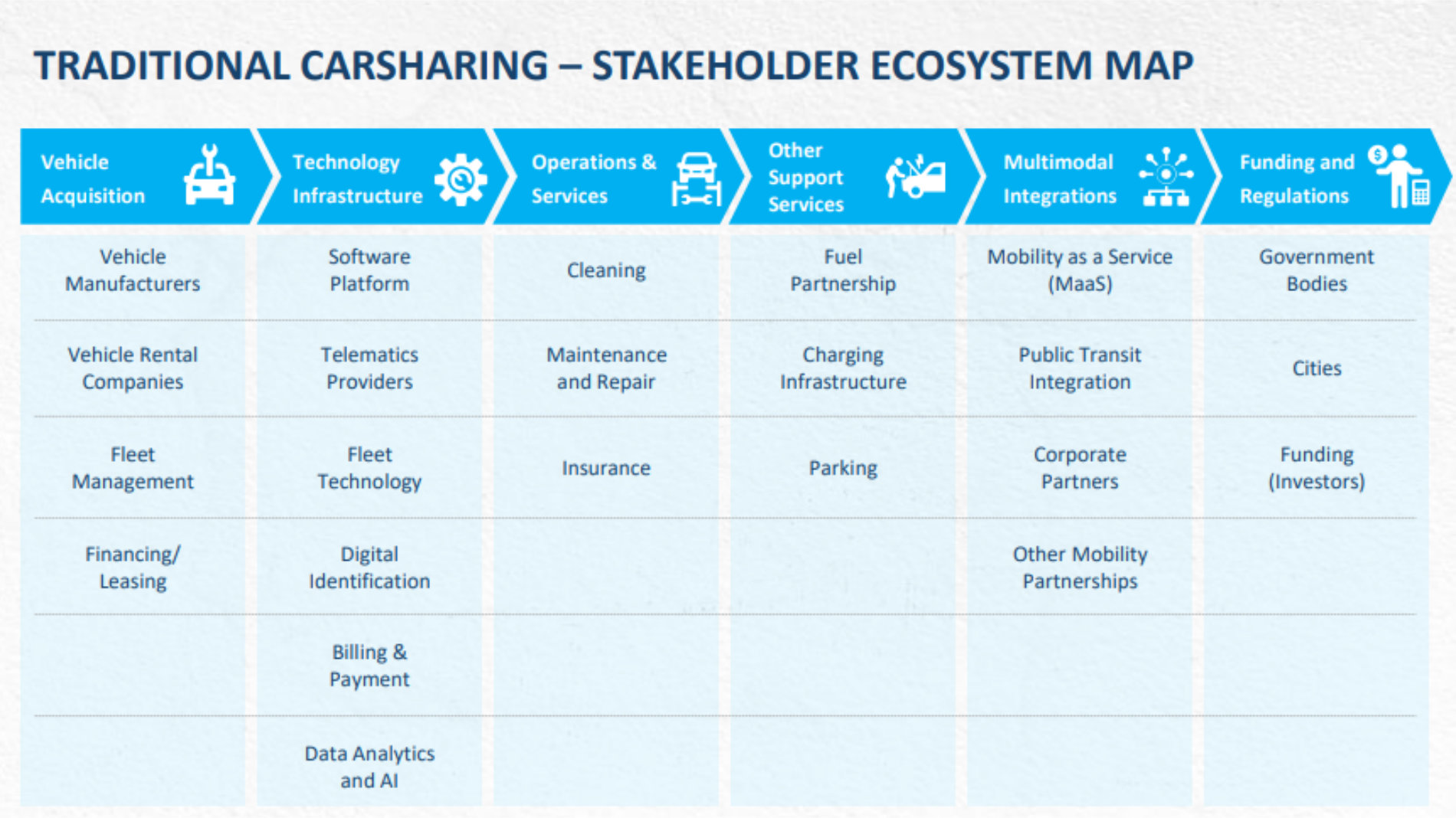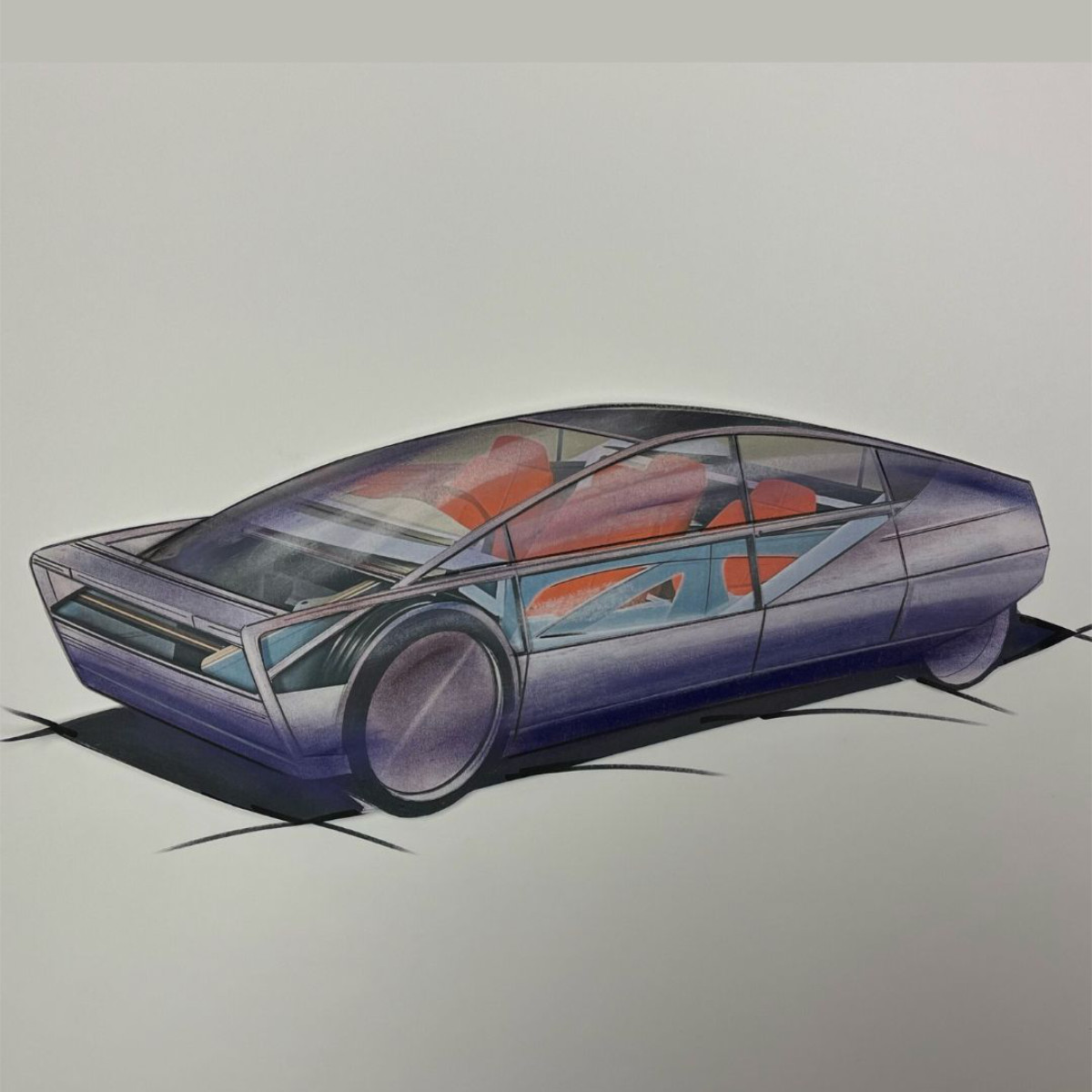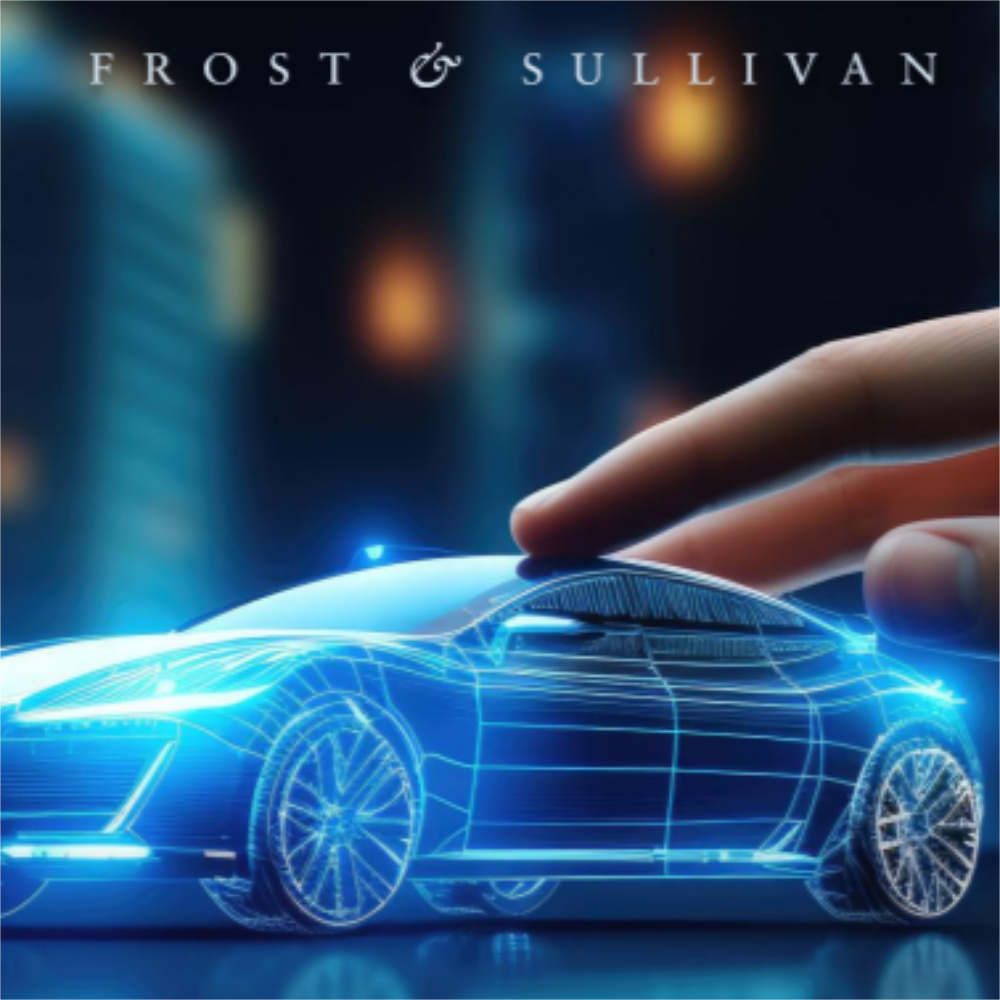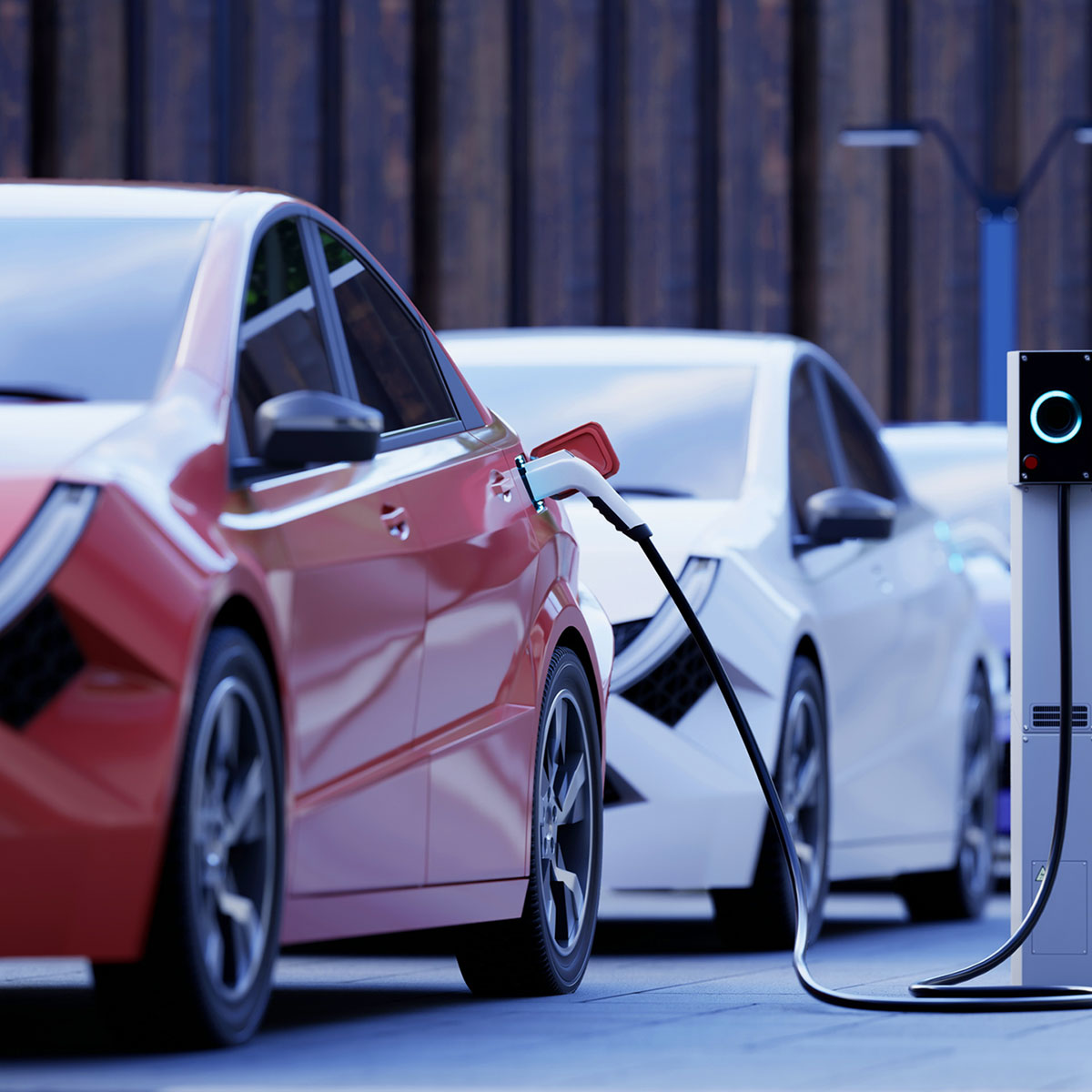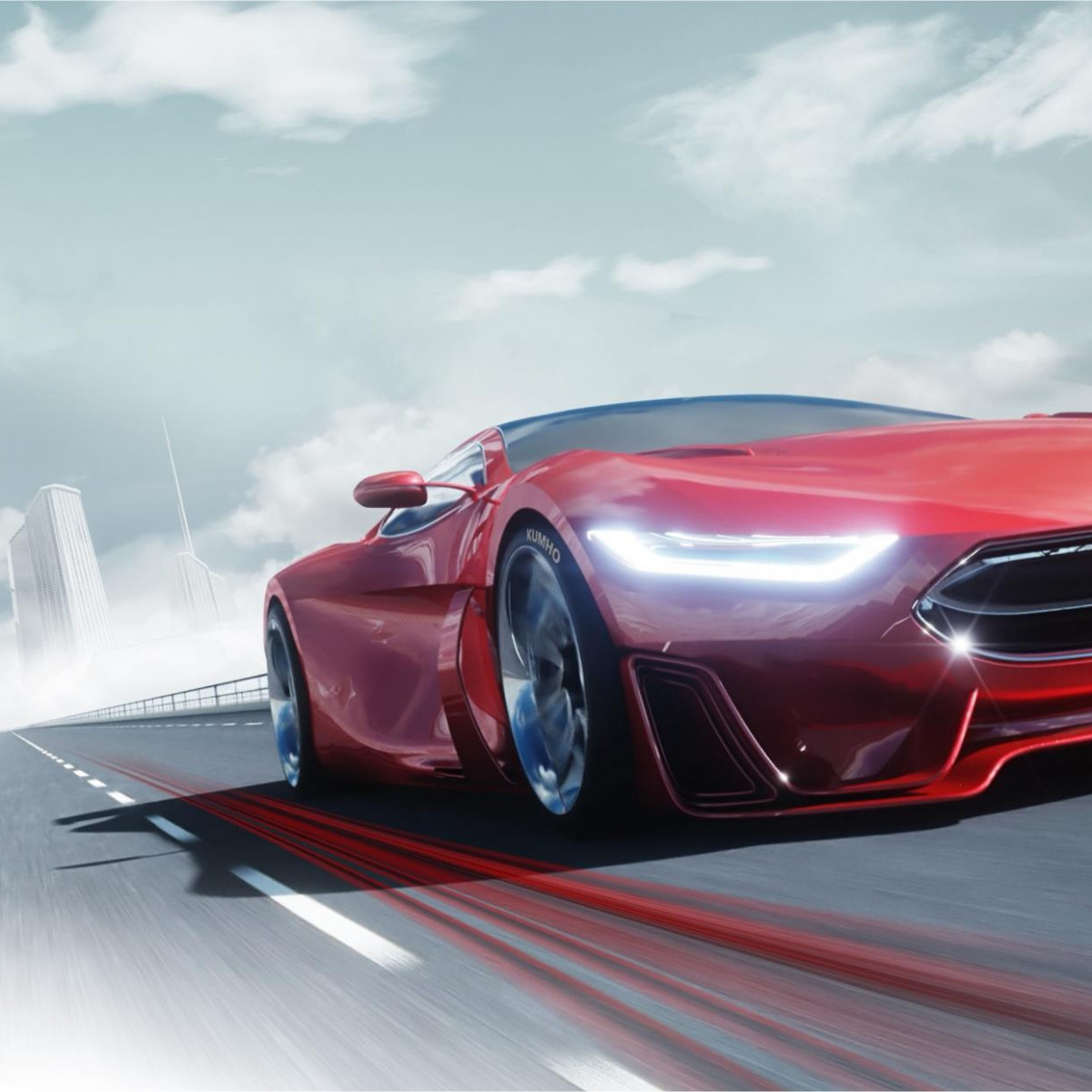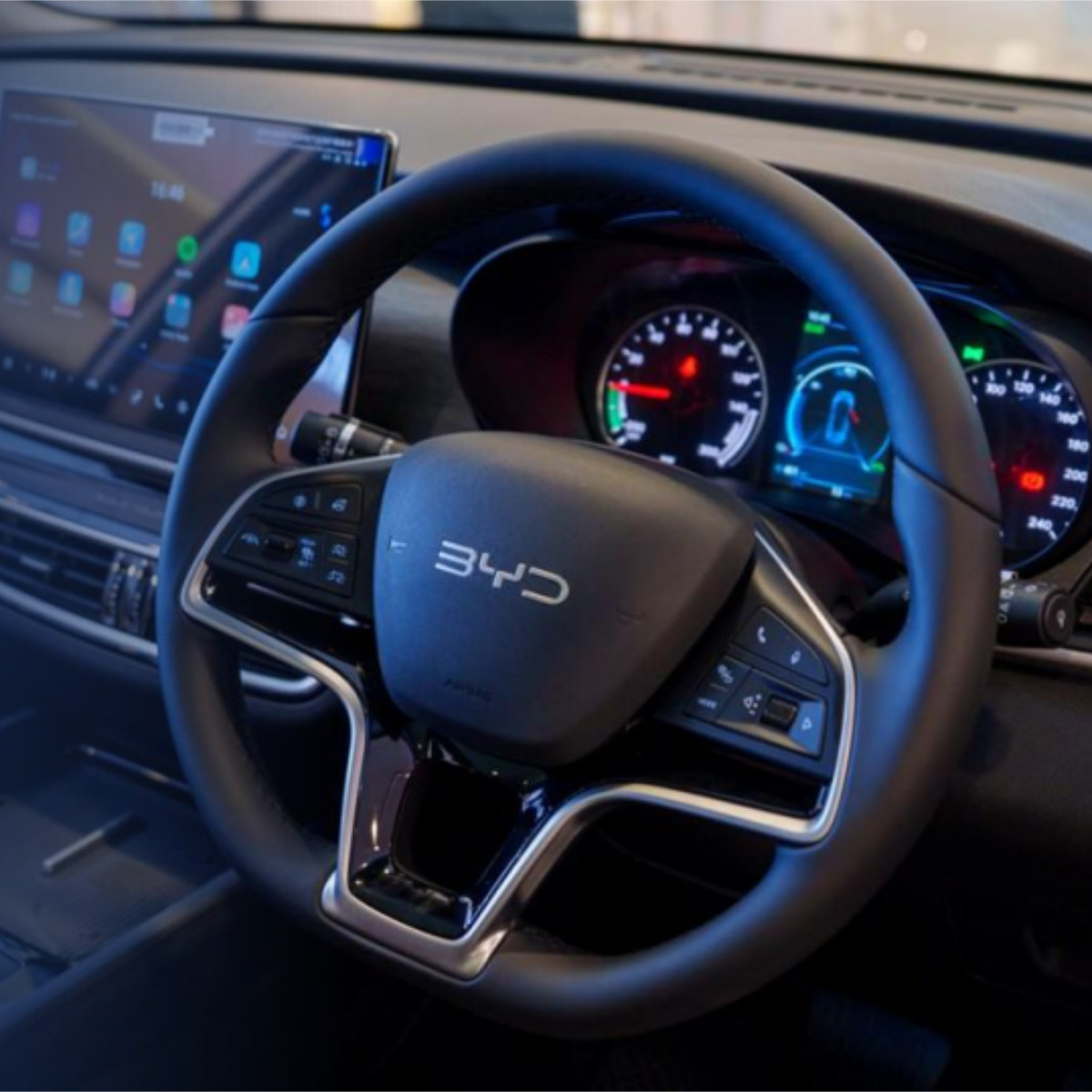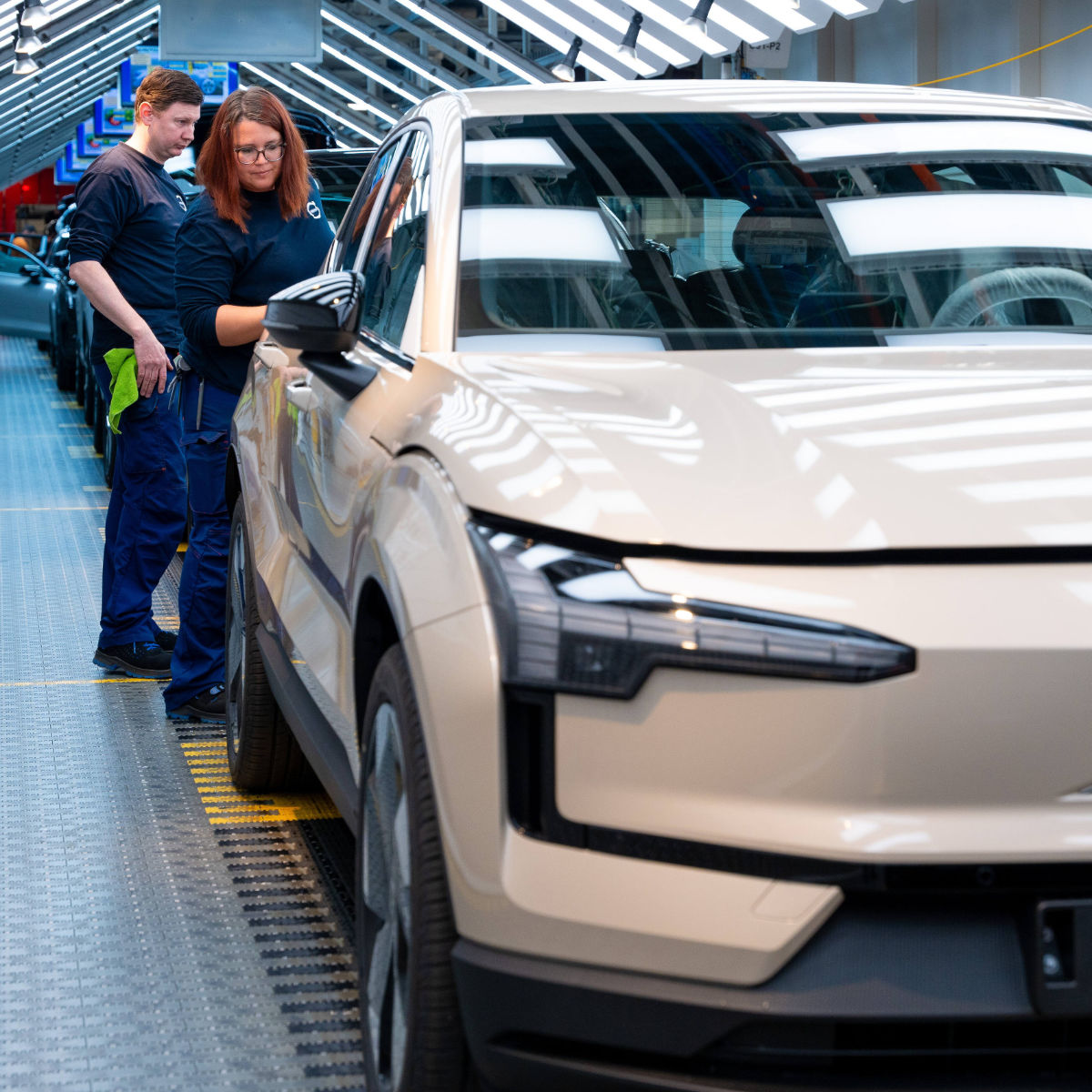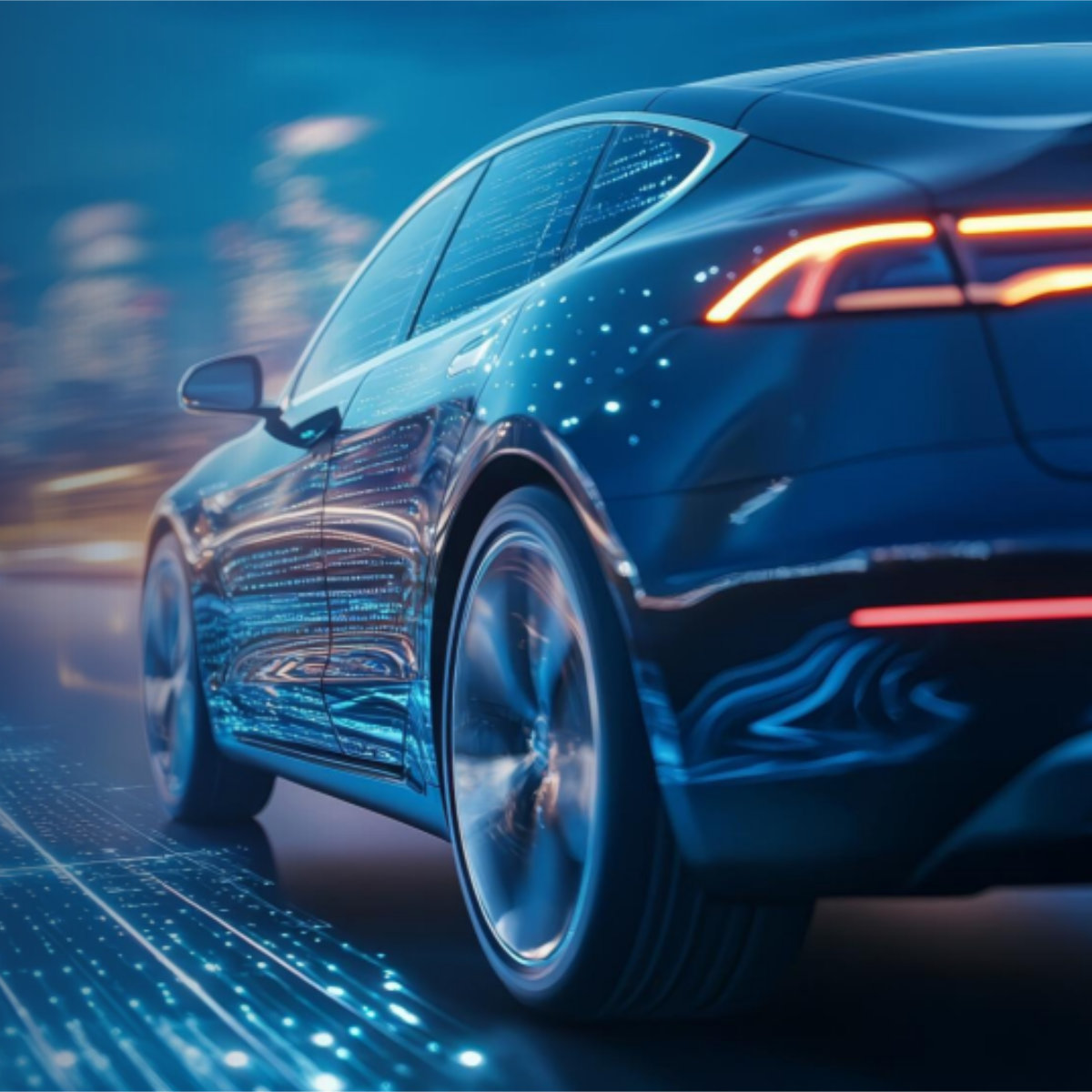Reading time: 1 minute
By 2035, the European carsharing fleet is expected to grow by around 7% annually, driven by electrification, automation, artificial intelligence, and data-driven services. Operators are increasingly relying on predictive maintenance, AI-based fleet management, and cloud platforms to boost utilization and cut costs.
Partnerships between technology providers, OEMs, cities, and energy companies are becoming key to success. While the market today remains fragmented, the coming decade will see the rise of integrated mobility networks that connect carsharing with public transport, micromobility, and charging infrastructure.
Business models are also evolving — from ownership and leasing toward subscription-based and pay-per-use concepts. Cities are shifting from being mere enablers to active orchestrators, setting sustainability standards and data transparency rules.
The bottom line: Carsharing is maturing from a niche service into a core pillar of urban mobility, driven by technology, collaboration, and the push for sustainable, profitable business models.
Read the full Frost & Sullivan study here to gain a detailed insight.
